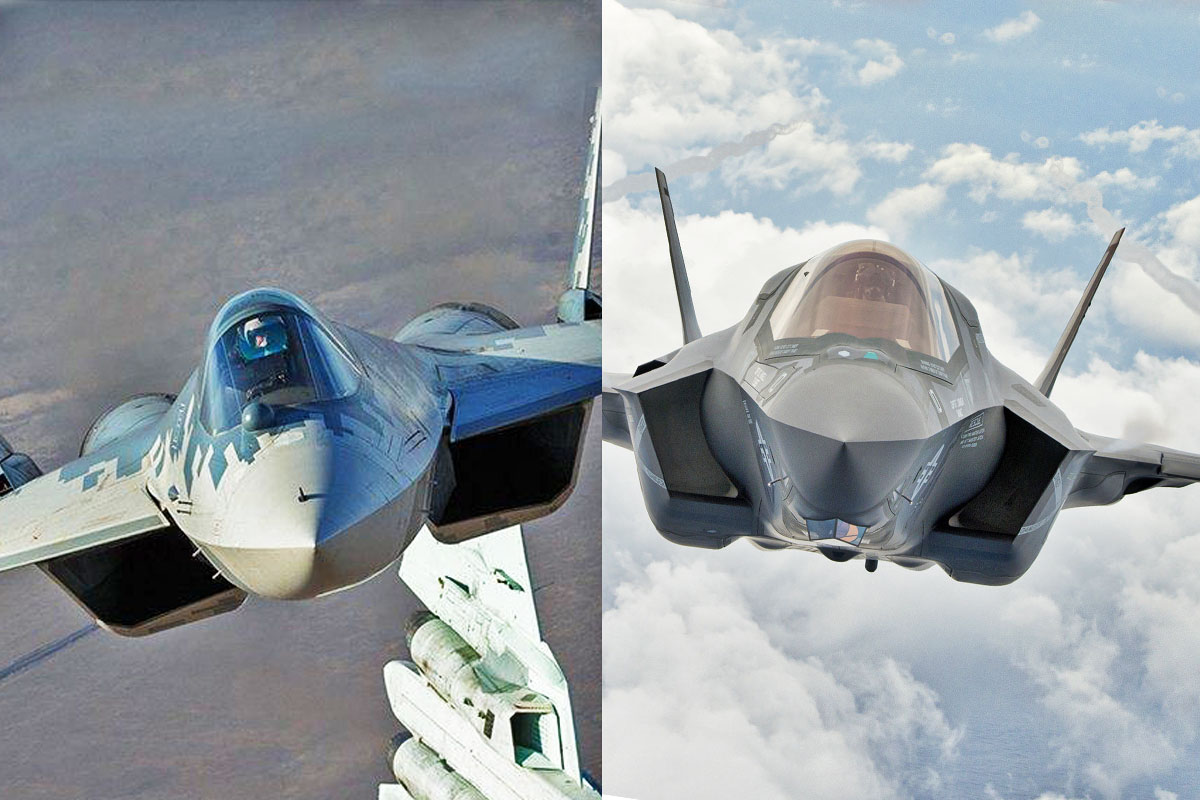SOURCE: AFI

Pakistan’s recent move to train its pilots on the Chinese-made FC-31 stealth fighter jet marks a significant escalation in the ongoing arms race between India and Pakistan. With the potential to become the first operator of this advanced aircraft outside China, the Pakistan Air Force (PAF) is poised to gain a substantial technological edge over its Indian counterpart.
The Indian Air Force (IAF) has been investing heavily in the development of its indigenous 5th generation fighter, the AMCA.
However, the project is still in its early stages, with an estimated timeline of at least a decade before it reaches production. This delay offers Pakistan a critical window of opportunity to dominate the skies with the FC-31.
Recognizing the urgent need to bridge this capability gap, the Indian Parliament’s defense committee has recommended acquiring 5th generation fighters from foreign suppliers as an interim measure. Russia and the United States emerge as the primary contenders. However, both options present their own challenges.
India faces a complex dilemma in acquiring a fifth-generation fighter to bridge this capability gap. The options are limited due to geopolitical tensions and economic sanctions. Russia, a traditional defense partner, offers the Su-57M, but lingering concerns about the jet’s performance and the complexities of payment under Western sanctions make it a challenging proposition.
The United States, on the other hand, offers the F-35A, but the previous acquisition of the S-400 air defense system from Russia poses significant hurdles due to concerns about potential technology transfer. While deploying F-35s away from sensitive border areas could be a potential solution, it depends on the political climate and the willingness of the US administration to make concessions.
The situation highlights the urgent need for India to accelerate its indigenous fighter development program while exploring alternative options for interim capabilities. The growing threat from Pakistan underscores the imperative for a robust and comprehensive strategy to safeguard India’s aerial dominance.